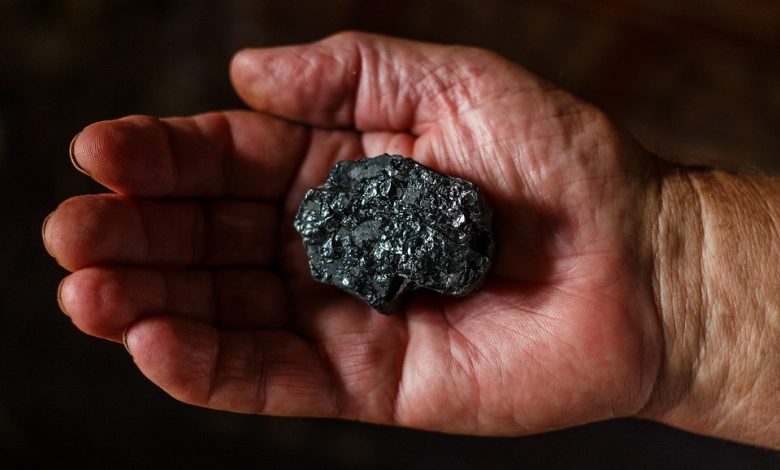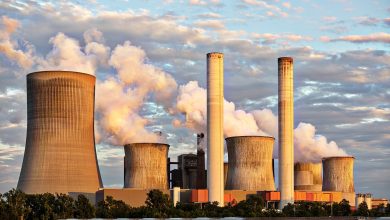The Science of Coal

Coal Overview
Coal is a fossil fuel that plays a crucial role in meeting global energy and development needs. Nearly 71% of the world’s steel and 38% of the world’s electricity is created using coal (World Coal Association, 2019). According to the 2017 BP Statistical Review of World Energy, there are an estimated 1.1 trillion tons of proven coal reserves remaining in the world, which is enough to meet global electricity and development needs for another 150 years. Coal is the most abundant source of fossil fuel in the United States and also the nation’s largest source of energy for generating electricity (National Geographic, 2019). While coal reserves are available in most countries, the largest reserves can be found in the United States, Russia, China, India, and Australia.

Coal Formation
Coal is an organic sedimentary rock that was formed millions of years ago during the Carboniferous Period as prehistoric vegetation accumulated and compacted together in swamps and peat bogs. When the prehistoric vegetation died, it sank into swampy water that helped with preservation. To form coal, the plant debris accumulated into a thick layer of sludge that became compressed and buried by layers of sediment. After this process occurred, together with tectonic movements in the earth’s crust, the plant materials were buried deep underground and subjected to very high temperature and pressure changes over millions of years. The physical and chemical alterations to the prehistoric vegetation initiated a process known as coalification, which refers to the process of vegetation being converted to anthracite (the scientific name for highly compressed coal).

Types of Coal
During the process of coalification, numerous types of coal are formed. The type and the quality of the coal is determined by the type of vegetation, the depth that the vegetation has been buried, the temperature and pressure, and the total length of time that the plant matter has been buried. These factors then determine the total amount of carbon locked within a physical piece of coal. Industry professionals assign a ranking to coal based on total carbon content. Lignite, sub-bituminous, bituminous, and anthracite are the ranks of coal, from the least carbon to the most carbon. Lignite is light brown in color and relatively soft, while anthracite is the hardest form of coal and it dark black in color.

How is Electricity Generated?
The most important use of coal is its ability to generate abundant and reliable electricity. Heat from burning coal is used to create steam that powers a turbine generator to produce electricity. Prior to being burned, coal is milled into a granular powder that allows it to rapidly ignite in a boiler. After ignition, high pressure steam is generated and passes through a rotating turbine mounted with a series of intricately wired coils that pass through a strong magnetic field to create electricity. The energy that is generated is then transformed into extremely high voltage electricity, up to 400,000 volts for efficient transmission through high voltage power grids (World Coal Association, 2019). Prior to reaching the domestic market, the electricity is converted back to 100-250 volts through local utility systems to ensure that it is safe and available for common uses.

Coal and Construction
Coal is an essential ingredient for the global construction market. The development of cement and steel depends heavily on the coal industry. Coal combustion products (CCPs) deliver a vital source of energy in the creation of energy-intensive products like cement and steel. It takes about 200 kg of coal to make one ton of cement and about 300-400 kg of cement to generate one cubic meter of concrete (World Business Council for Sustainable Development, 2013). For the steel industry, coal is a necessity. Steel is known as an iron-based alloy. To form steel from the iron alloy, iron oxides must be converted using some form of carbon. The primary source of the carbon used in the production of steel has traditionally been coal. Therefore, the growing demand of the global economy has also increased the demand for affordable and reliable power produced by coal.
Sources
National Geographic (2019) “Coal.”
World Business Council for Sustainable Development (2013) “Cement Sustainability Initiative” GNR project reporting CO2.
World Coal Association (2019).



